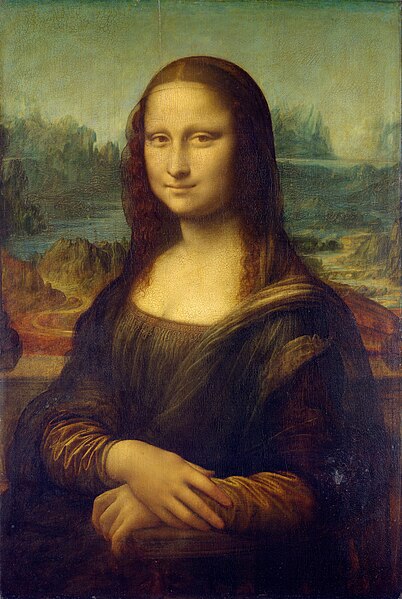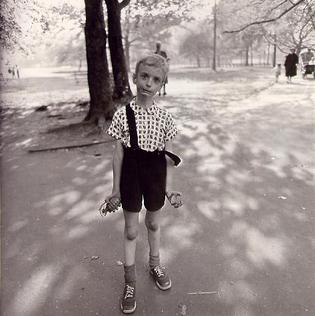Fashion has changed a lot over the years, but the way it is photographed remains the same. The processes are still the same; setting up the studio, getting the right equipment for the job, making sure the model(s) are comfortable in the studio, with what they're wearing or how they have to pose.
However, no matter how made-up the models are, how their natural beauty may shine through, the models are always subjected to "alterations", "modifications" or "manipulations" in the post-shoot. These are more common in fashion shoots, or to promote something, such as a perfume, or an music album/film production.
Notable occurances are film actors, both male and female, models who appear on the cover of magazines, including both male and female exclusive, as well as unisex magazines.
While some magazines (fashion) use the manipulation process to hide unsightly skin marks (spots, wrinkles, scars etc), some magazines (gossip mags) will avoid this. For example, if a fashion magazine was promoting a new Britney Spears album, or her latest perfume, these photos would go through the manipulation process, picking out all the spots and ugly marks on her skin, and "airbrush" over them, creating the appearance of smooth untouched skin.
While the gossip magazines would leave all this in, coming up with slogans and phrases which highlight this.
We see pictures, fashion or otherwise, of "perfect" women every day. Smooth airbrushed skin, make up, hair styled perfectly. This is most likely all a lie. It is creating an image that women all over the world feel they must adhere to, to be this "perfect" woman. It leads to illnesses such as anorexia and bulemia.
Men's health magazines such as FHM, and Men's Heath, often have images of ripped guys on the front, promoting the image that all men must look like Gods.
These kinds of images promote being super-skinny or being super-ripped to the point of illness, and while some people's bodies may be able to cope with this, due to metabolism and/or dietary requirements or choices
Wednesday, 19 October 2011
Portraiture Photography
Portraiture was originally a form of fine art. A painting. This kind of art was only accessible to very rich and powerful people, usually royalty, and you had to be very rich to have one of these taken of you.
The portrait of Mona Lisa by Leonardo da Vinci was painted between 1503 and 1519 is one of the most famous and recognised pieces of painted portraiture in the world. The subject in the portrait is suspected to be Lisa del Giocondo, though this hasn't been proven. One of the most discussed topics of the portrait is the reason of the small smile that da Vinci captured.
Over the years photography lead to portraiture; while most portraiture is usually a stage/posed model, though some are more along the lines of street photography, but still partly posed.
One of the photographers that did this in the style of street photography was Diane Arbus. Her photographs feel like a mix between social documentation and portraiture. The models in Diane Arbus photos are staged, they were told where to stand, how to stand, but she was able to capture an insight into these people's lives. However there is a sort of intimacy between Arbus and her subjects, and her models reflected upon this by remedying the way that Arbus would whisper to those around her, forcing them to lean in to hear her.
Above is a picture of Marcella Matthaei, the eldest daughter of the Matthaei family, that Arbus photographed in the late 60's. This photo shows eleven year old Marcellain 1969, the little girl is growing up, and the face of Marcella shows the rebellious teenager that is coming out in the future.
Another Diane Arbus photograph is Child With Toy Hand Grenade in Central Park. I find this is in direct relation to a comment made about Arbus by Norman Mailer in '71, "Giving a camera to Diane Arbus is like putting a live grenade in the hands of a child." The connection between the photograph and the comment were 9 years apart, maybe, after 9 further years of photography, Mailer felt that this photo, taken in '62, was the perfect image to sum up Arbus' career.
The portrait of Mona Lisa by Leonardo da Vinci was painted between 1503 and 1519 is one of the most famous and recognised pieces of painted portraiture in the world. The subject in the portrait is suspected to be Lisa del Giocondo, though this hasn't been proven. One of the most discussed topics of the portrait is the reason of the small smile that da Vinci captured.
Over the years photography lead to portraiture; while most portraiture is usually a stage/posed model, though some are more along the lines of street photography, but still partly posed.
One of the photographers that did this in the style of street photography was Diane Arbus. Her photographs feel like a mix between social documentation and portraiture. The models in Diane Arbus photos are staged, they were told where to stand, how to stand, but she was able to capture an insight into these people's lives. However there is a sort of intimacy between Arbus and her subjects, and her models reflected upon this by remedying the way that Arbus would whisper to those around her, forcing them to lean in to hear her.
Above is a picture of Marcella Matthaei, the eldest daughter of the Matthaei family, that Arbus photographed in the late 60's. This photo shows eleven year old Marcellain 1969, the little girl is growing up, and the face of Marcella shows the rebellious teenager that is coming out in the future.
Another Diane Arbus photograph is Child With Toy Hand Grenade in Central Park. I find this is in direct relation to a comment made about Arbus by Norman Mailer in '71, "Giving a camera to Diane Arbus is like putting a live grenade in the hands of a child." The connection between the photograph and the comment were 9 years apart, maybe, after 9 further years of photography, Mailer felt that this photo, taken in '62, was the perfect image to sum up Arbus' career.
Wednesday, 5 October 2011
War Photography
"The Falling Man" taken by Robert Capa in 1936, during the Spanish Civil War
This image was taken by Robert Capa, supposedly of a Spanish soldier being shot down during battle, and the authenticity of this photo is one to dispute. Some people claim that the photo was faked, or staged, by Capa, while others argue the location and the name of the "Falling Man" is not Federico Borrell Garcia
The following information has been taken from La sombra del iceber, a 2007 documentary that claims this photo is fake. This documentary makes these claims that;
A 1937 Spanish anarchist publication claimed that Federico Borrell died behind a tree, not in the middle of a field/on a hill.
A specialist in forensic science claimed, after analyzing pictures of Borrell and pictures of the "Falling Man", that the militiaman depicted is not Federico Borrell García.
In 1975 a journalist named Gallaher said that Capa himself told Gallager that the picture was staged.
An astronomical study concludes that the picture was taken at 9:00 a.m., not at 17:00. No battle happened at 9:00."
When 1939, and the start of the World War II, rolled around, Capa was living in New York City, working for Life magazine. He was an "enemy alien" during the Second World War; an "enemy alien" is someone from a country that is at war with the current country they reside in.
During WWII, Capa snapped his most famous work at the D-Day landing, having swum ashore and managed to take and astounding one hundred and six pictures during just the first few hours of the battle. The film was been sent back to Life magazine, but a mistake was made in the darkroom, and a technician set the driers too high and melted the negatives of a total of three and a half of the four rolls of film that Capa had sent back, and of the one hundred and six shots taken, only eight remained unharmed.
Above are three of the eight shots that remain.
Capa continued to take photos through to his death in 1954, during the First Indochina War, where he was killed by a landmine, with his camera in-hand.
Other men have been praised for their war photography, Tony Vaccaro is one of them. Born in Greenberg, Pennsylvania, December 1922, Vaccaro used a Graflex Speed Graphic camera, which was big, and bulky, to take pictures with. After growing up in Italy, and the start of the Second World War, Vaccaro moved back to the United States to escape the Fascist regime and Italian military service. He fought as an American soldier in 1944 and 1945 as a scout, leaving him more than enough free time to snap photos.
Eddie Adam's is a more-recent war photographer, he took the picture of Nguyễn Ngọc Loan executing a Vietcong prisoner (Nguyễn Văn Lém) in the street in February 1968. This was captured on camera in both print and film.
This image is another perfect decisive moment; the picture was taken in the same second that the trigger was pulled. You can see Loan's finger has squeezed in towards his fist, and the look of mixed pain and surprise on Lém's face as the bullet impacts into the side of his skull. The picture has been taken at a perfect angle, catching them both in the shot with what could be a yawning chasm between, again this could signify America (Loan) against Vietnam (Lém).
The connection with this topic and Henri Cartier-Bresson's photo of the man jumping over the puddle, is the way that the man signifies America and England, and the puddle signifies the war, or the "unknown" future that awaited them. (Below)
Subscribe to:
Posts (Atom)









